So timeline wise, this happens before Ocarina of Time, right? Where does the Minish Cap fit in because I thought that was the origin of his green hat.
The Legend of Zelda: Skyward Sword Review
|
|
See PixlBit's Review Policies

On 11/20/2011 at 12:00 PM by Nick DiMola New controls, new structure, and new enemies help define this series changing game. |

For Everyone
“Hey, listen!” Apparently someone at Nintendo got the message. After the release of Twilight Princess, universally, fans were begging for change. While Nintendo seemingly gave their audience everything they ever wanted with the Wii’s first title and the GameCube’s last hurrah, they still weren’t happy. They wanted a reinvention; they wanted something new, something fresh. Well there’s little question about it, Skyward Sword is absolutely the answer to the fans. Though not something wholly new, Link’s latest adventure manages to shake things up enough to make them fresh.
What sticks out to me most from Skyward Sword is just how often I was saying, “oh, that’s a good idea” or “finally.” Ever find yourself continuously rolling in past Zelda games to get around faster? Well, not any more, there’s a run button. Have you found climbing up onto higher platforms to be awkward? Not here, Link can do a quick wall run to make climbing a much smoother endeavor. Backtracking getting annoying? Shortcuts fix that in a jiffy. Life getting low? Grab a seat and watch your hearts replenish. Even navigating the world is easy, with the ability to plant waypoints on your map and, of course, using your bird for transport.
Beyond simple improvements to movement, Skyward Sword makes some extremely bold design choices that drastically alter the flow and pacing of the game. After the extremely large, open, and mostly barren world of Twilight Princess, Skyward Sword offers a world that’s so densely woven it stands in stark contrast to the last Hyrule.
Once again, Nintendo must’ve gotten the message – Zelda fans love their dungeons. So rather than simply make more of them, Skyward Sword has structured the land such that every inch of space on the ground world is part of an elaborately designed overworld dungeon. There will be objectives to complete to advance and all of it flows quite naturally into the actual dungeons themselves, which have been drastically reduced in scope and size to make them more approachable and enjoyable.
While I’ve always enjoyed Zelda dungeons, it was quite nice to have them trimmed down and tightened up so that they never overstay their welcome. Just about the time fatigue from the puzzle solving and battling would set in, you’d reach the boss fight and the story would progress. Being that the overworld is themed like the dungeon and offers similar tasks, you’ll still get your dungeon fill, just in a more varied and well-paced way.
The dungeon conventions have also been shifted around. You won’t always get a new item in each dungeon. Sometimes you’ll get them in the overworld, other times you’ll get two in quick succession. They are done in a much more organic way and are subsequently used for quite a bit more than just one small part in a token dungeon. Furthermore, some of the items can be used interchangeably to accomplish the same task, giving the player some control over their experience where there once was none.
From the way I’ve described it thus far, you may be under the impression that Skyward Sword offers no down time, nor the signature side quests the series is known for. This is most definitely not the case. The game instead splits Hyrule into two separate worlds, the sky and the ground. In the sky, you’ll find Link’s home of Skyloft as well as an assortment of floating isles. These hold a variety of denizens, many of which have tasks for you to complete, either in the space of their island or on another somewhere else in the sky world. The ground, as has been described, is all business. The two do tie together though. The sky provides the only means of transport from one area to another and the ground holds a variety of goddess cubes, which must be struck to unlock treasure chests on islands in the sky. In many ways, it’s like the perfect merge of the classic 2D Zelda games with the open seas of Wind Waker.
There’s little question that Skyward Sword has drawn influence from many of the past games in the series, rather than just Ocarina of Time, as has been done in the past. In the footsteps of the 2D games and Wind Waker, a much greater emphasis has been brought back to combat. Thanks to the MotionPlus, we now have the long awaited one-to-one control in a meaningful experience.
At first, it’s certainly a novel addition. You quickly realize that you must approach each and every enemy in a distinct way. Boss fights truly bring out the intricacies of the system, forcing you to avoid telegraphing moves and strike in the proper location, while still managing a shield, in order to damage the boss. It’s empowering and exhilarating – at least for a little while. It eventually becomes commonplace, and as you may expect, the controls aren’t perfect all of the time.
Most of the problems come from using motion control with things that aren’t naturally intuitive. Navigating the bird or the beetle to fly, swimming, and even skydiving are awkward tasks with the motion control. Though the game would’ve been better to just offer analog stick control for these items, it’s only a mild annoyance in the grand scheme of the experience.
The game’s story is also a bit on the weak side. It starts off strong, but is quickly cast aside in favor of the gameplay. Though grandiose, you are given scant details of what’s going on as the game progresses. Only small details are revealed in between extremely long expanses of gameplay, making it feel anemic in comparison. A slightly stronger focus on this aspect of the game would’ve been much appreciated, but given the nature of Zelda it’s hardly necessary.
Presentation is hardly lacking, however. Though only in 480p, the game looks gorgeous thanks to its rich color palette and unique graphical style that sits somewhere between all of the past 3D Zeldas. The fully orchestrated soundtrack is no slouch either. The music is stunning and even the sound effects will have you taken aback the first time you hear them.
There’s no question that all of these individual changes come together into an amazing game. The thing is, it’s a different experience than we’re used to as Zelda fans. With the segregation of the sky world from the ground, there are very few side quests that you’ll just stumble upon. Throughout the game you’ll have to make an expressed effort to explore Skyloft and the adjacent islands in order to participate in side questing. Stumbling upon side quests is a cherished part of the Zelda experience and much of that is gone here. It’s not necessarily a bad thing, just something that takes some getting used to.
Regardless of this change, the quest is amazingly engaging and so many of the new worlds that have been created both break convention and offer something absolutely unlike anything we’ve ever seen before. Exploring the rich world, battling enemies in a unique way, and solving the multitude of puzzles is constantly engaging and always entertaining. You’ll encounter some moments of frustration, but they are typically brief and mostly inconsequential in the grand scheme of things.
So where does this put Skyward Sword? Is it the best Zelda ever? I think it's hard to say right now, but it's absolutely one of the better experiences in the series. Most importantly, it's new and fresh while still remaining recognizable. You certainly won't often get that "been here, done that" feeling that you might've had with past entries. If there's one thing I'm certain about, it's that The Legend of Zelda: Skyward Sword is unquestionably one of the best games on the Wii and one of the best of the generation. It’s a stunning experience that engages you from the moment you begin and doesn’t let go until the very last battle of the game. You absolutely cannot go wrong with Link’s latest adventure.


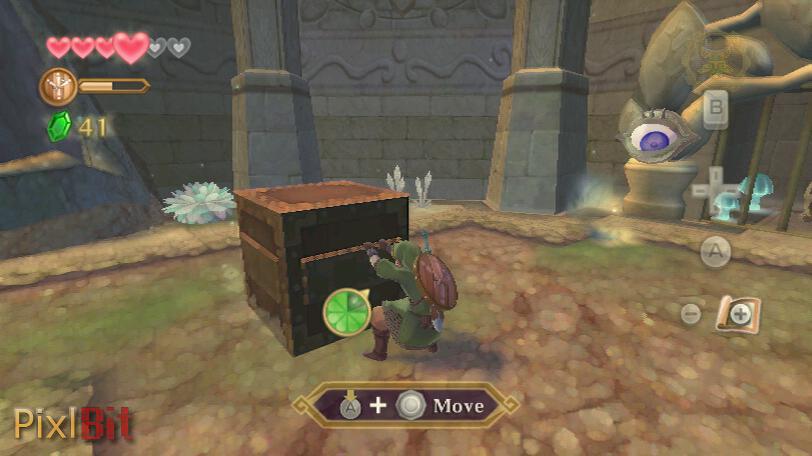
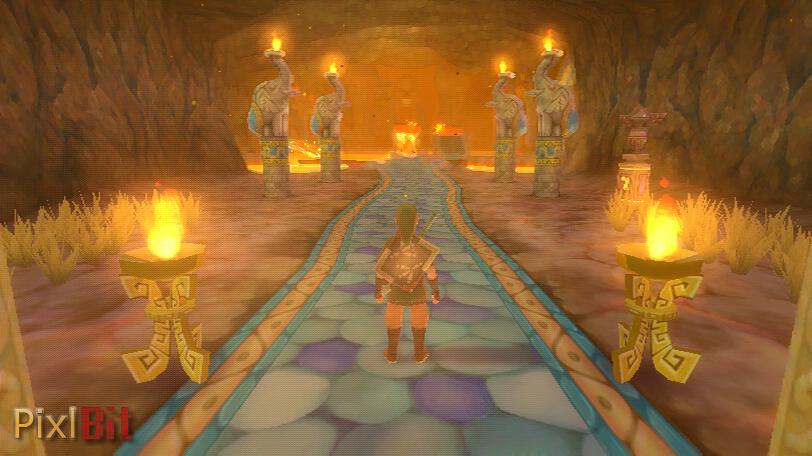
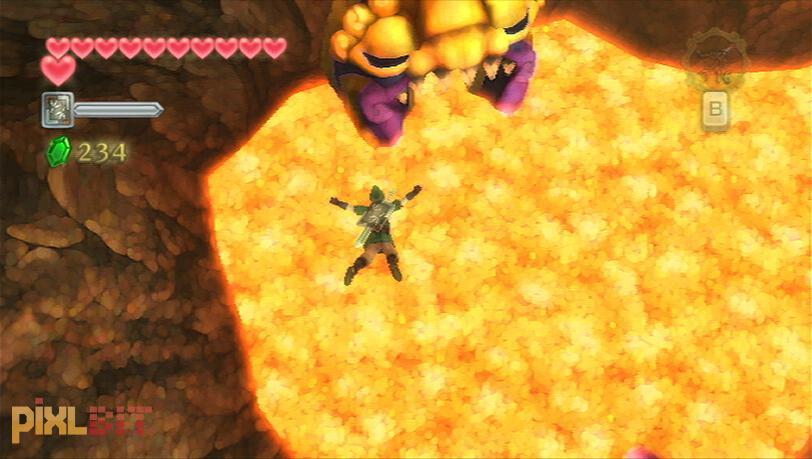
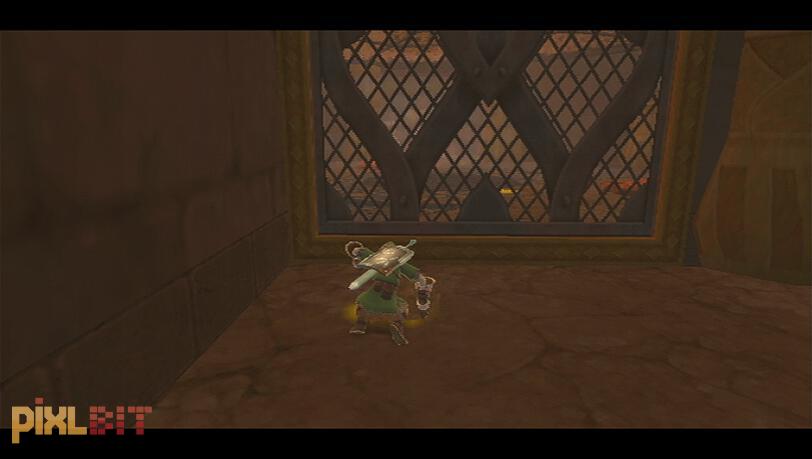
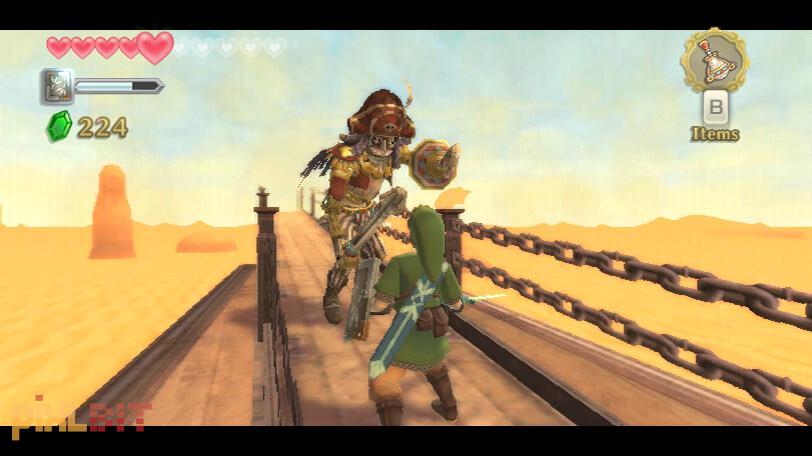





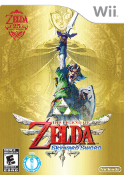

Comments